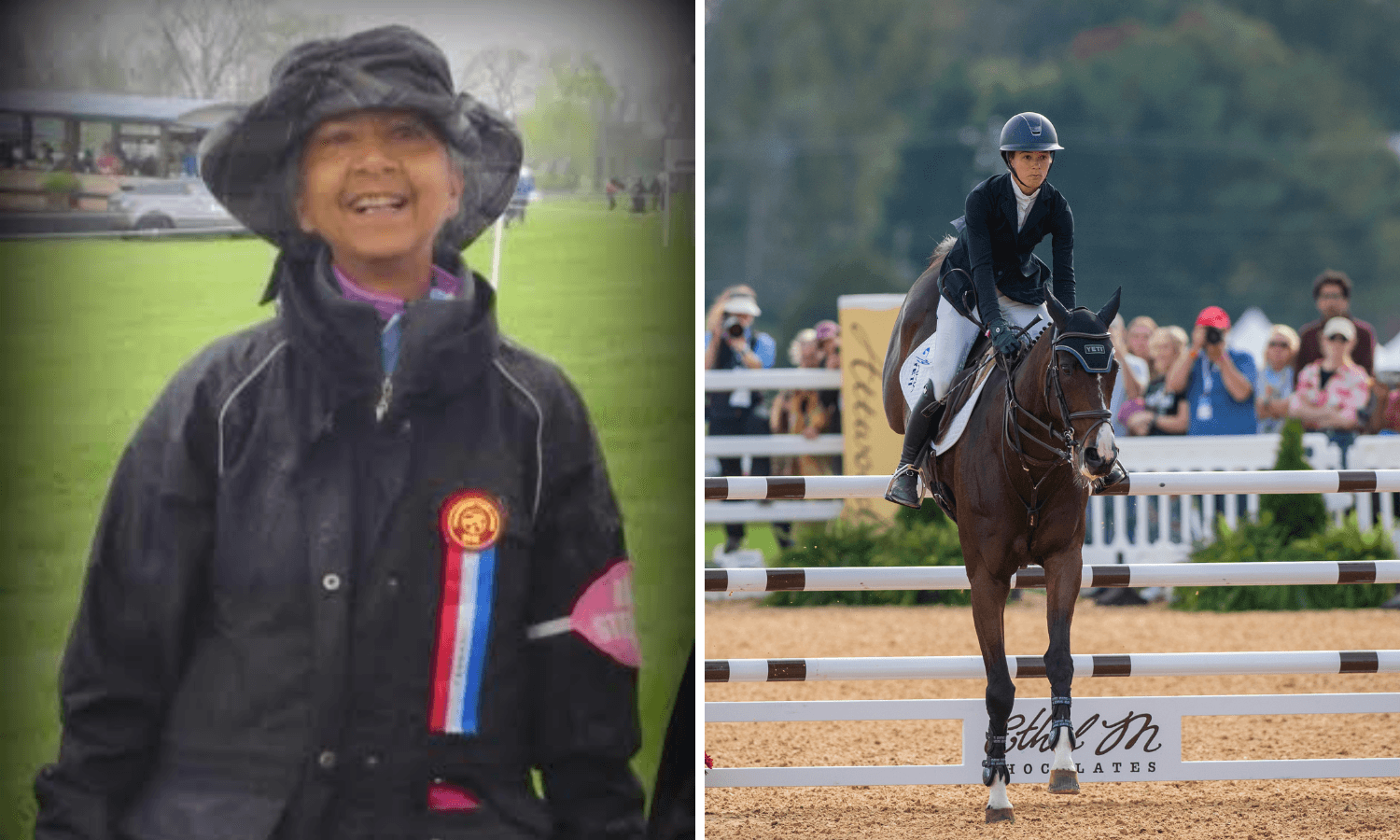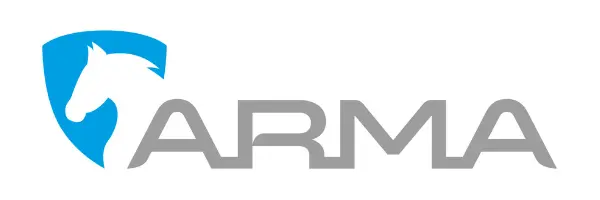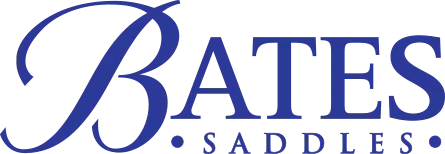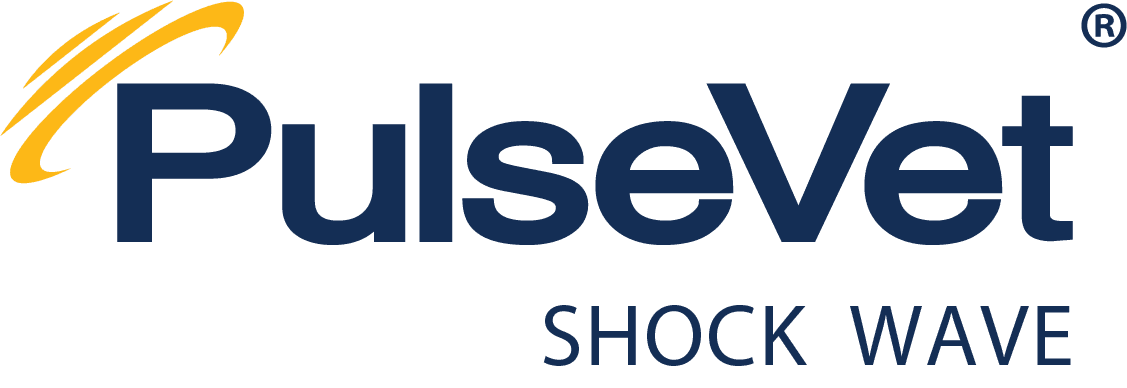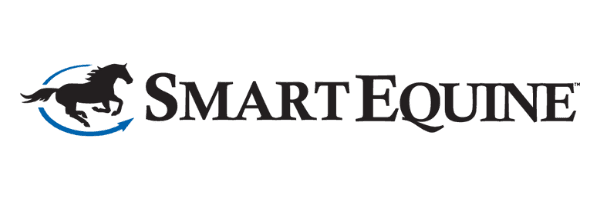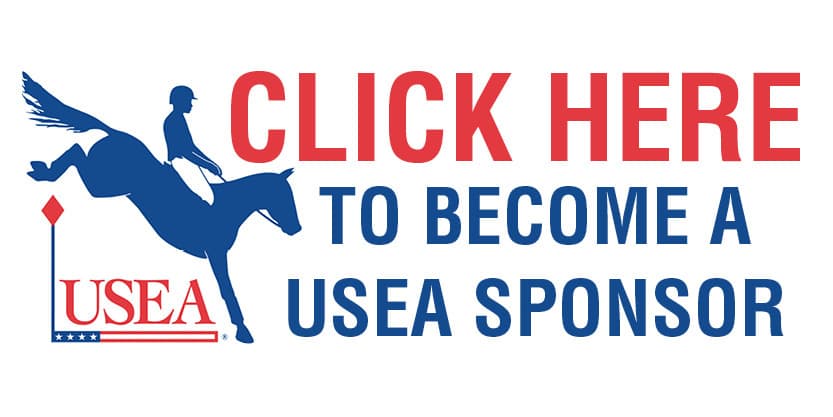Section 1031 Tax-Deferred Exchanges of Farms, Ranches & Investment Real Estate with Capital Square

Are you on the hunt for your next farm, ranch or investment property? USEA sponsor, Capital Square, has all of the information that you need to know about the tax advantages for investing in this type of property. Capital Square is an investor-centric firm and leader among tax-advantaged real estate investment sponsors with more than $2 billion in equity raised. Owners of farms, ranches and investment real estate enjoy several tax advantages, include the rules governing Section 1031 that defer taxable gains on the sale of real estate.
Capital Square’s founder and CEO, Louis J. Rogers, is an amateur eventer himself, campaigning his Irish Sport Horses, Russel and Leo, throughout the mid-Atlantic during his free time. To help USEA members better understand Section 1031 tax-deferred exchanges, Louis sat down to answer several questions on the topic.
Q: What is a Section 1031 Exchange?
A: Section 1031 is a part of the Internal Revenue Code and is commonly referred to as a “like-kind” or “tax-deferred” exchange. Section 1031 defers taxes that otherwise would be due on the sale of real estate.
Q: What qualifies under Section 1031?
A: Only real property qualifies (personal property no longer qualifies). Real property can be improved or unimproved. This means that taxpayers may exchange unimproved real estate (land) for improved real estate, and vice versa.
Q: What is the “like-kind” requirement?
A: The taxpayer’s existing property is referred to as the “relinquished property” and the new property is referred to as the “replacement property.” Section 1031 provides that the relinquished property and the replacement property must be of “like-kind.” Generally, all real property is “like-kind” to all other real property. Real property and personal property are not like-kind.
Q: Is there a holding requirement?
A: Yes. The relinquished property and the replacement property must both be held for investment or use in a business. Property can be either held for production of income, held for appreciation, or used in a business. Qualifying property includes most farms, ranches, and investment property but excludes principal residences and personal use property.
Q: How does a Section 1031 exchange work?
A: The starting point is the owner of real estate, for example, a farm, ranch or investment property. When the time comes to sell the property, taxable gain generally will be recognized on the sale. However, Section 1031 provides an exception to the general rule where the taxable gain is deferred. The owner must acquire a qualifying replacement property typically of equal (or greater) value. The owner may acquire a “whole property” or a fractional DST interest in a property.
Q: How long is the gain deferred?
A: The gain that would have been recognized in a taxable sale is deferred until the replacement property is sold in a taxable transaction. The replacement property may be exchanged repeatedly, creating the potential for nearly perpetual tax deferral.
Q: What is the first step in an exchange?
A: The owner should engage a qualified intermediary (QI) to prepare an exchange agreement and hold the sales proceeds in an exchange escrow account. The IRS provides a “safe harbor” for using a QI. The QI is typically an affiliate of a bank or title company or a stand-alone firm in the business of preparing exchange documents and holding funds for an exchange. The QI cannot be the taxpayer, a related party or a disqualified person.
Q: Are there time restrictions?
A: Yes, there are strict time restrictions. The QI must be in place and receive the net proceeds by the time that the relinquished property is sold. Also, if the owner would like more time, the owner may “identify” replacement property in a written notice sent to the QI within 45 days of the initial closing. By identifying replacement property, the owner will have up to 180 days from the relinquished property closing to acquire the identified replacement property or properties. Note that if all replacement property is acquired within 45 days, there will be no reason to identify because the exchange will be complete.
Q: How do you identify and what is the identification period?
A: You identify in a written notice sent to the QI by midnight of the 45th day following the relinquished property closing. The owner may acquire one, more or all the identified properties; properties not identified may not be acquired in the exchange.
Q: What is the closing period?
A: The owner must close on all replacement property or properties within 180 days of the relinquished property closing. Technically, Section 1031 mandates closing by the earlier of (i) 180 days of the relinquished property closing or (ii) the due date of the owner’s tax return (with extensions). Most taxpayers are able to file an automatic extension, which means that owners generally have the full 180 days to complete their exchange.
Q: What are the benefits of a Section 1031 exchange?
A: There are many benefits:
- Tax deferral is the primary benefit.
- Build family wealth over time with multiple exchanges.
- Exchange non-income producing property (for example, land) for income-producing property to generate cash flow.
- Exchange actively managed property (for example, a rental house) for passive property (for example, a DST or net lease).
- Acquire higher quality DST replacement property than the taxpayer could afford on their own.
- Diversify to reduce risk by acquiring several DST replacement properties.
- Potential tax forgiveness for heirs with a step-up in basis upon death.
If you are interested in learning more about Section 1031 tax-deferred exchanges, consider contacting Capital Square! To learn more about the company and contact a representative, visit Capitalsq.com or call their offices at 877-626-1031. Capital Square has locations in Metro-Richmond, VA, Washington, DC and Newport Beach, CA. Louis Rogers and his team would be happy to assist you with your next real estate investment!



